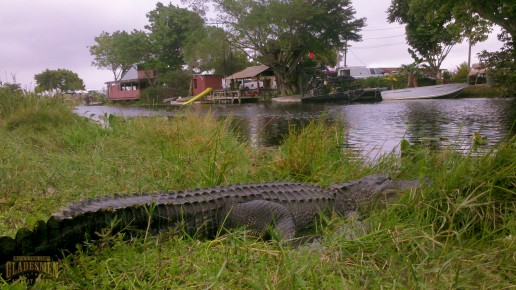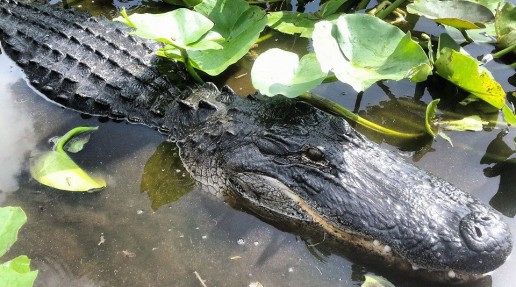Bizarre Foods In the Everglades
Residing in the vast wilderness of the Florida Everglades, for five generations the Gladesmen Culture has endured by living off of the land. The many different habitats here have provided us with a great bounty of food from both the land water. A few years ago, TV host Andrew Zimmern cam to Mack’s Fish Camp to sample some Gladesmen cuisine as part of his Travel Channel program, “Bizarre Foods”.
The Other Florida
In the episode “The Other Florida”, Andrew spent the afternoon with Keith and Marshall Jones, who were happy to share a glimpse of Gladesmen Culture with the world (You can watch it here). They took an airboat ride into the Everglades to show Andrew the land they call home. They also grabbed a few resources from it that they call supper in the Glades, some Bracken fern fiddleheads to have as a side dish. For an entrée, Marshall made fried and grilled frog legs from the haul he and Keith had caught frog gigging the night before.
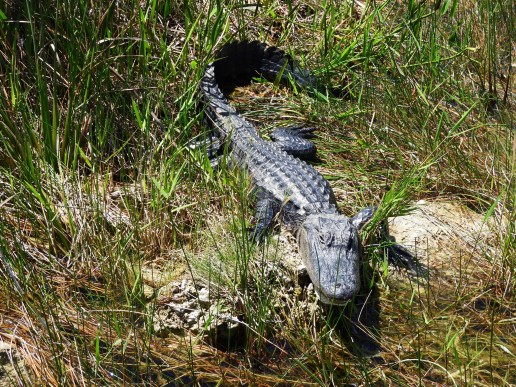
It's Not TV, It's Gladesmen Culture
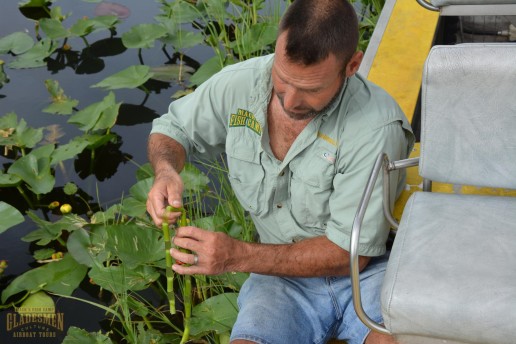
All in all, Andrew had a great time visiting and exploring our “Other Florida”, and found our distinct cuisine to be as delicious as it was bizarre. Anyone who comes to the Everglades and dines on the wild plants and game animals here usually finds them to be a real treat! But the Gladesmen living here have thrived on those foods, with marshes, sloughs, and hammocks acting as their grocery store.
Florida gets its name for being full of flowers, and there are plenty of flowers and plants growing in the Glades, many of them good for eating! Amaranth, dollarweed, and Bracken ferns can make for great salad greens. A few wild Florida plants can be used to make tea also, such as blackberry leaves, roots and bark from sassafras, or young pine needles.
Try this at home, VERY carefully
When preparing wild plants, it’s important to how to make and consume them safely in some cases. For the fiddlehead (Bracken) ferns we cooked for Andrew Zimmern, we made sure to blanch them in salt water then shock them in ice water. Doing this greatly reduces certain chemicals in them that while not poisonous or toxic, can be harmful if eaten over time or too frequently.
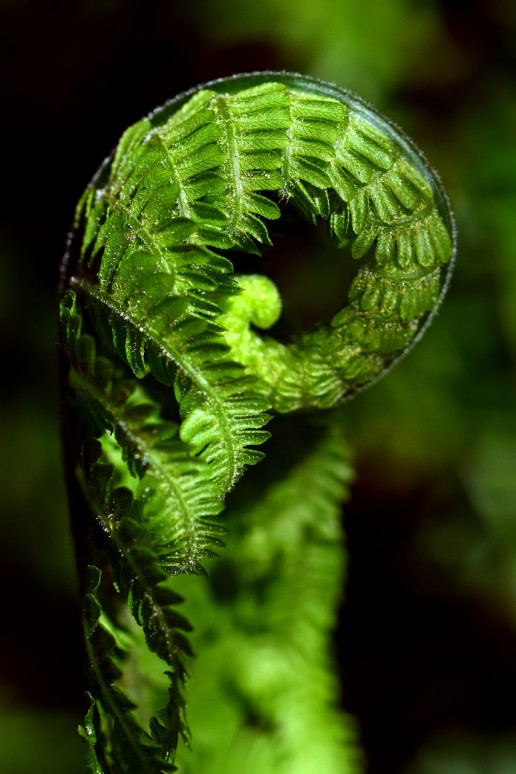
When life hands you gators...
One food staple of the Gladesmen Culture that can’t be overlooked is alligator meat. With the Everglades having so many of them, you could say, “When life hands you gators, make Gatorade.” While probably not the best ingredient for a sports drink, American alligator meat tastes great no matter how it’s cooked. It’s also packed with protein, having nearly 30 grams in a 3.5 ounce serving.
With so many resources available in the South Florida Everglades to live on, it truly does feel like living in paradise!
Never Seen an Alligator Up Close? It’s Time You Have!
While riding on an airboat through the Everglades, you might swear you had just passed a log floating conspicuously out of place among the sawgrass and swamp lilies. A second look will show you that it was definitely not a log. The American alligator has long been a fixture of the Florida Everglades, and one that you’ll have the opportunity to see up close on private airboat tour at Mack’s Fish Camp.
Gator Facts
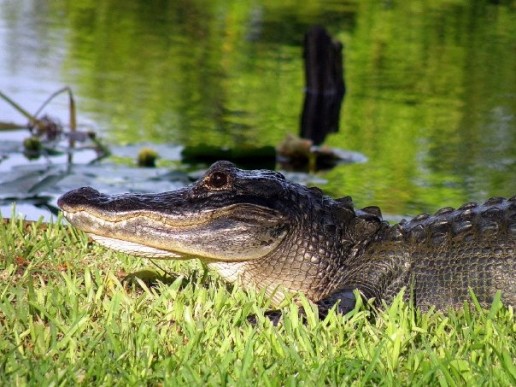
- Alligators usually stay in groups called congregations, and these groups can be seen swimming or basking in the sun. They do this to regulate their body temperature, because they can’t do it themselves.
- Alligators are carnivorous, but they don’t chew their food. They swallow their prey whole, relying on their sharp teeth and strong jaws to seize prey.
- Those sharp teeth of theirs are actually hollow and often break. But, they can just grow new ones!
Given their size and toughness, you would think it’s a given that alligators are the apex predators of the Everglades, but they’re not. That title now belongs to the invasive Burmese python. However, alligators are a keystone species, playing a critical role in the ecosystem of the Everglades.
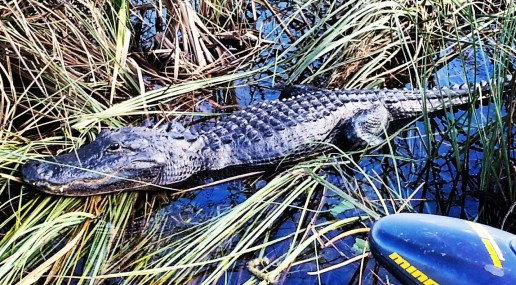
They make watery burrows called “alligator holes” in the muck and limestone bedrock. They do this to keep cool and attract prey, but these holes retain water collected through the rainy season (May to November), which retain rainwater and act as a refuge and oasis for other wildlife during the dry season (October to April).
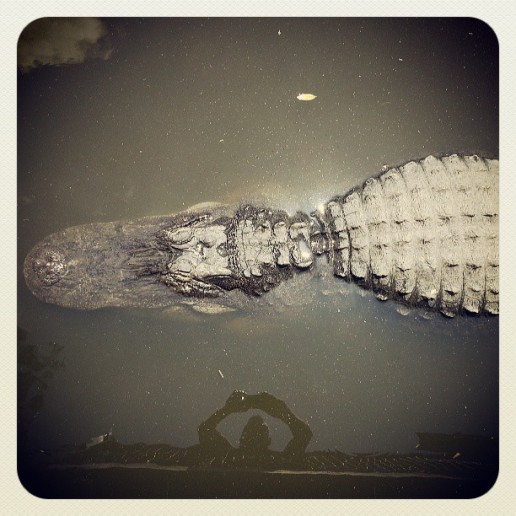
Alligators certainly are impressive creatures to behold, and you should always keep your personal safety in mind should you encounter one.
- Don’t ever feed them, because doing so can make them aggressive and worse, associate people with food.
- If you do happen to find yourself near an alligator, make sure that you’re at a safe distance (between 20 and 30 feet) from it, and back away slowly if you suddenly find yourself closer than that to one.
While there is plenty of unique wildlife to been seen in South Florida, the most fun and safest way to behold these animals is by taking a private airboat tour. The most priceless souvenirs you can get in Florida are the memories of an airboat ride through the Everglades.

